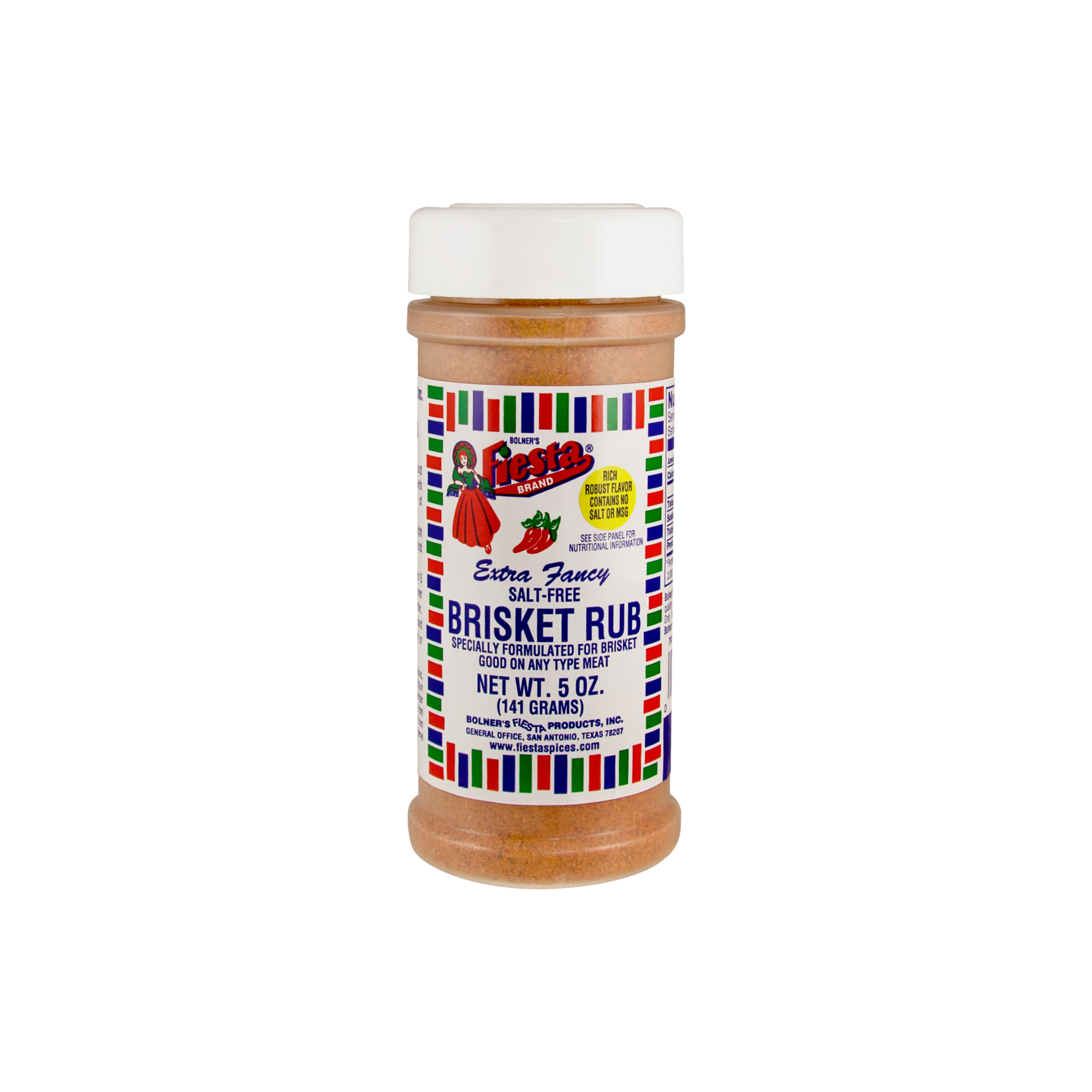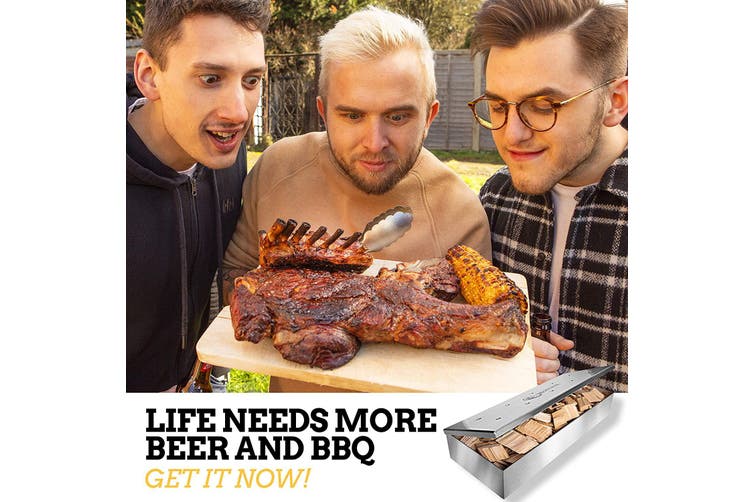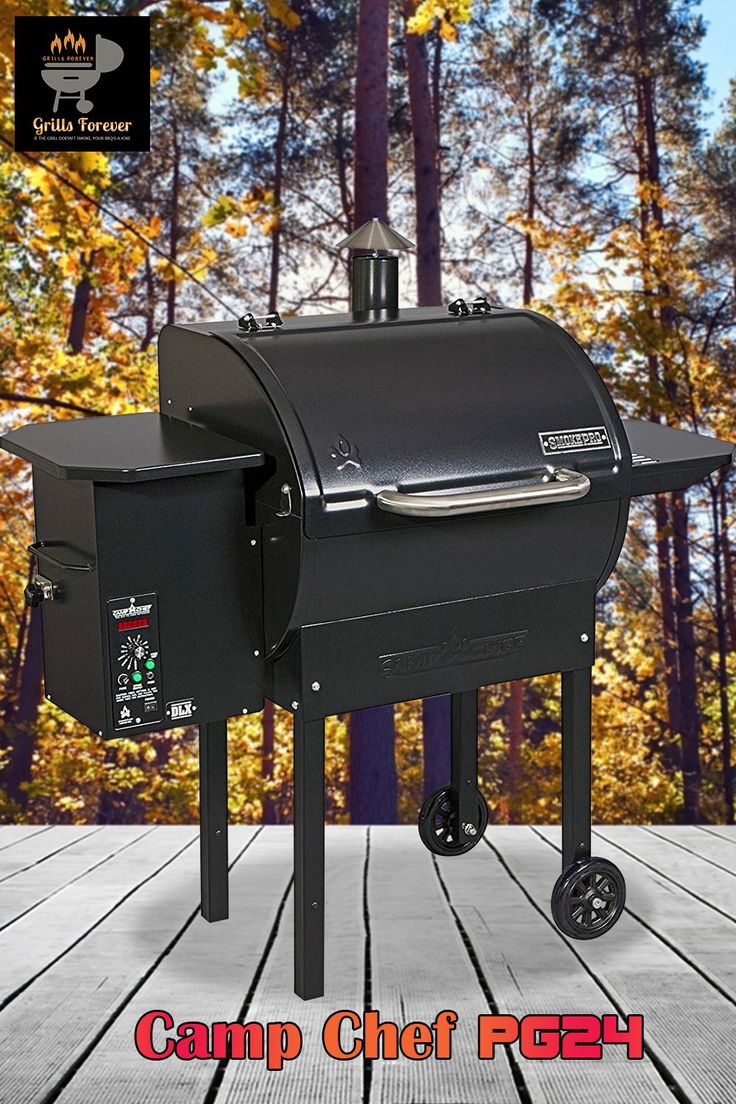
The bones must be removed before you smoke your prime Rib. You can do it yourself, using a knife to cut through the bones. Or you can hire a professional to do it. Then, you'll need to trim away the excess fat, cartilage, and meat. Paper frill caps are also available for serving. Smoking is usually done by butchers who remove all fat.
How to cook a prime Rib
The perfect holiday dinner cannot be complete without prime rib. Prime rib's delicious flavor and tenderness will impress all your guests and be a memorable holiday meal. However, it's important to know how to cook a prime rib after smoking. These are some tips. Check the temperature before you start cooking rib roast. Roast the meat at 120 to 125 degrees F, and then turn it on to 130 to 139 degrees. 140-145degF marks medium doneness. Cover the prime rib with aluminum foil before serving. Allow it to rest for 30 minutes. If you want to reverse sear the meat, remove it from the smoker 10degF below the desired doneness and temperature. Cover the roast with aluminum foil once it is removed.
Ideally, ribs should be cooked to around 225 degrees Fahrenheit, but major temperature variations can cause uneven cooking. You should use a quality meat thermometer to determine the internal temperature. You can monitor the temperature of your ribs throughout cooking by using a remote probe meat thermometer. If the temperature drops below the desired level, it is best to remove the ribs immediately and allow them time to cool on a counter for at least 2 hours.
When choosing a prime rib, make sure you choose one that has a thick, moist interior. Make sure you choose the highest-grade meat. You can also get it done yourself by hiring a butcher who will remove the bones, trim the fat, and tie back the rib bones if you want. You will need to choose between a larger or smaller roast, depending on how large your prime rib is.
The best wood for smoking
There are many options for wood to smoke prime-rib. Each has its own distinct taste. A combination of two or more ingredients will produce the best flavor. Woods can be combined to create a more smoky flavour. Hickory imparts a rich, smoky flavour while cherry and pine are more mild. Hickory can be used to smoke prime rib. But, it will also add lots of flavor if used in its own right.
For a classic BBQ flavor, mesquite or hickory are good options. However, if you prefer a light smoke, try applewood or black cherry. Although hickory or applewood are great woods for smoking prime Rib, they don't make the best choices for chicken. Choose a smoker that is able to produce the flavor you desire and is designed for ribs.

Oak is a common choice for smokers, and it gives off a light smoke flavor. Because it is quick to burn and requires very little wood to make great smoked meat, this wood is great for beginners. You can control the temperature and desired texture by adding small amounts to oak wood. You may also want to experiment with other woods before deciding which one suits your palate.
Carve a primerib
You can easily carve a primerib for smoking if you only follow a few steps. Remove the chine bones and rib bones from half the roast. This will allow the juices from the roast to redistribute heat and normalize the temperature gradients. During rest, the meat will continue increasing by 5 degrees F. Use a meat probe to gauge the temperature of the pull.
After carving the prime Rib, wrap it in aluminum foil for at most 20 minutes. The internal temperature should be between 125 and 130 degrees F. This is 5 degrees less than what you want for Medium Rare. A prime rib will cook faster when it is removed from the barbecue. Therefore, allow the meat to rest before you begin carving. To avoid the meat being too cut, it is best to use an extremely long and thin knife.
Use indirect heat such as a grill to smoke prime ribs. Smoke the prime rib for about thirty minutes per pound. After the meat has been cooked, add wood to create a fire smell. The meat will not be overpowered by light fruitwood. After your roast is done, allow it to rest for an additional hour before you cut it. It will cook evenly if it is room temperature.
Applying a thin layer o fat to a prime rib
You should ask the butcher if he can trim the fat off your prime rib. It enhances the flavor of the meat and ensures that it cooks evenly. You can reduce the fat to 1/4 inch. The flavor of the meat will be affected if the fat is removed completely. While it's easy to mistake a prime rib for a prime rib, the USDA grade system does make it easier to identify the prime ripe meat.
Remove the fat cap before smoking prime rib. It will make the meat moister and tender. Next, season the meat using salt and prime rib rub. You may need to salt the meat with a rub or other spices to help it smoke. This is a common blunder that many smokers make. It is a common mistake to leave the fat on the prime-rib. This can ruin the meat's flavor.
You can make perfect smoking prime-rib by removing the fat layer and the silverskin. This is a layer that contains connective tissue, and it has a silvery shine. While it's not edible, this layer prevents the meat from falling off the bone when cooked. Although many prefer to remove the silverskin from the final product, it will improve the texture.
Adding au jus
Au jus can be added to prime grilled or smoked ribs. This is a great way to intensify the beefy flavours of a roasted rib. Here are some suggestions for making the sauce. First, you should prepare a small sauce pot with beef broth. Whisk the flour with the broth until it clumps together. Mix in the wine and beef broth. Stir until you get the desired consistency.

Once the meat has been cooked and resting for about 2 1/2 hours, it's time to serve it. Place it on a cutting board and cover it with foil. For large parties, you can opt for a larger roast and serve it alongside a favorite side dish. Allow the prime Rib to rest in the pan for at least 30 min before you serve it. At this point, prepare the au-jus sauce.
To make the most delicious barbecue sauce, add au jus. Allow the beef to cool so it can absorb its juices. If you don't allow it to cool completely, you may end up with a piece of meat that has too much juice. It's crucial to let the beef rest for 30 minutes before you cut it. This will ensure that it remains tender and juicy.
Preparation for smoking a prime rib
To make smoking a prime rib as easy as possible, you will need to follow a few simple steps. Before you begin cooking the rib, season it for at least four days. This seasoning creates a dry, briny marinade for your meat. Next, let the rib rest for 20 minutes before you begin smoking it. Next, choose a wood for smoking the prime rib. To avoid the meat tasting too strongly of smoke, the wood should be medium-smoking.
Before you smoke a prime-rib, decide how rare and tender you want it. A rare roast should cook in 35 minutes per kilogram. Medium roast should be done in 40 minutes. Medium-rare roasts are cooked at 145 to 145 degrees Fahrenheit. Next, remove the smoker from its setting, wrap it in aluminum foil, and allow it to rest for at least 30 minutes.
You can now prepare the sides after it has been smoked. Make sure you have a plate ready for it. Prime Rib is best enjoyed by smoking. If you'd like, you can also enjoy it with mashed potatoes, such Herb Garlic Mashed Potatoes. Add some herbs and spices to make it even more delicious. For the meat, you will need a thermometer. This should be digital.
FAQ
Is there a difference between a chef and a cook?
A chef is someone who prepares food for others. A cook prepares meals for others. While both jobs involve the preparation of food, a chef interacts directly with his customers. This may mean that they might have to choose what to cook for guests depending on their preferences. A cook doesn't need to interact with clients. Instead, the cook ensures that the food tastes great before serving it to customers.
How Much Does it Cost to Learn Culinary Arts Skills?
Prices for studying culinary arts vary widely. A four year degree is typically around $40,000. A two-year associate's program may be less expensive at $5,000. The type of program you choose will determine the tuition rates. The tuition rates for private institutions are usually higher than those of public universities.
How Long Does It Take to Be a Chef? What is the average career path in this field?
Becoming a chef takes approximately five years. This time you'll learn the basics of cooking and work as a cook assistant. After you've completed your training you can apply to be a line cook or sous chef. A chef can earn between $25,000 and $60,000 annually.
Statistics
- In the United States, the category is estimated at $23.2 billion annually and is growing faster than the market. (washingtonpost.com)
- You'll be amazed that over 90% of CIA students receive scholarships and grants to finish their culinary studies. (ischoolconnect.com)
- On average, chefs earn $58,740 a year, according to the BLS. - learnhowtobecome.org
External Links
How To
How to make a perfect Omelette
Omelets is one of my favourite breakfast foods. How do you make them perfect? I have tried many different recipes and methods, but none of them work. So I wanted to share some tips and tricks so that you can make delicious, fluffy omelets every morn.
When making omelets, it is important to be aware that eggs can be temperamental. You must get them fresh, organically, and keep them cold until you cook. They must be kept cool, otherwise the whites will not form properly and the yolks may become runny. This makes your omelets look weirdly colored. It is best to use room-temperature eggs if you are going to cook them right away.
Another tip is to separate your egg before adding it into the pan. It is important not to allow any white to mix with the yolk as this could lead to the omelet becoming curdled.
If you add the egg directly onto the stovetop, you might end up burning the bottom part of the egg, which would ruin the texture of your omelet. Instead, heat the egg for 10 seconds in the microwave before placing it in the pan. The microwave heat cooks your egg just right, without it becoming too soft.
Next, let's talk about mixing the eggs. You want to mix the eggs thoroughly before you add them. Turn the bowl upside down and grab the whisk to do this. Then, vigorously shake the bowl. This will whip the air around the bowl and mix the egg well.
Now comes the fun part - pouring the milk into the mixture. First, pour half of the milk into the beaten eggs and then fold the eggs gently into the remaining milk. Do not be alarmed if there are still egg streaks visible. Once the omelet flips, these streaks will disappear.
After folding the eggs, place the pan on medium heat and wait for the oil to start sizzling. Once the oil starts getting hot, add 1/4 cup of butter to the pan and swirl it around to coat the entire surface of the pan. Carefully open the pan's lid and add salt to the pan. An additional pinch of salt will prevent the omelet form sticking to your pan.
Once the omelet has formed completely, cover the pan and let it set for a few minutes. Flip the omelet with a spatula, or flip it upside down. Cook the other side for another minute or two. Remove the omelet from the pan and serve immediately.
This recipe is best when used with whole milk. But, you can use skimmed milk as well.